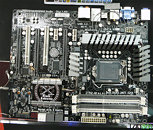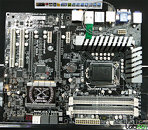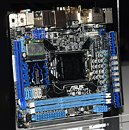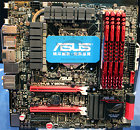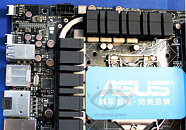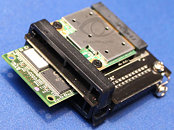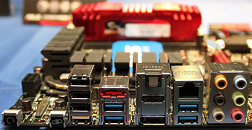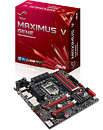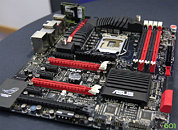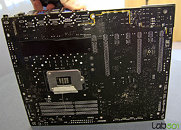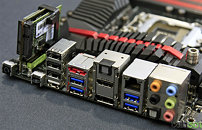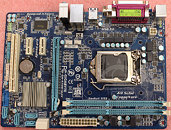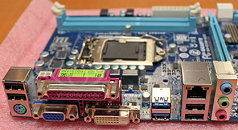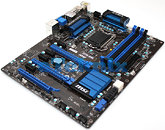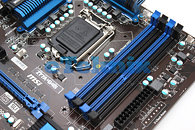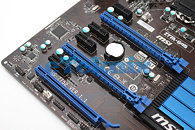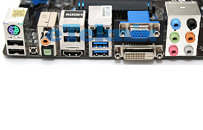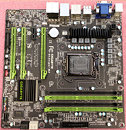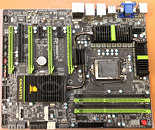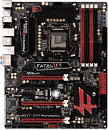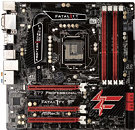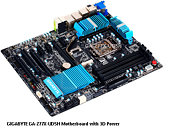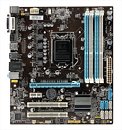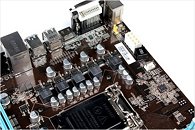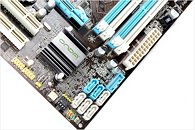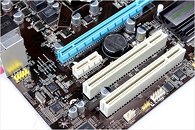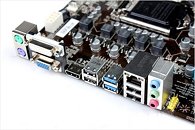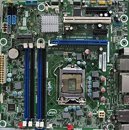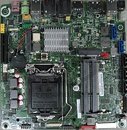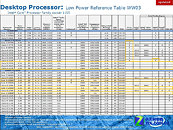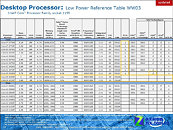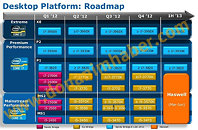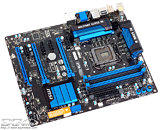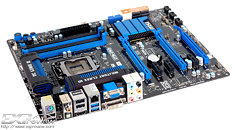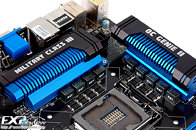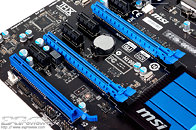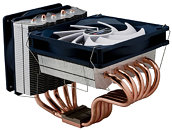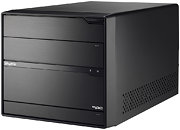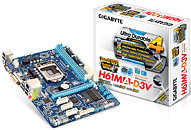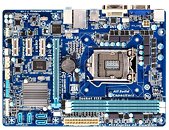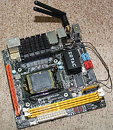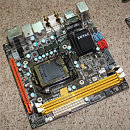
Top ECS Black Extreme Z77 Motherboards Detailed
ECS had its top LGA1155 motherboard based on Intel Z77 chipset, the Z77H2-AX ready as early as in January, at CES. We're now getting to see it in its final form, complete with its wireless LAN connection that was absent on the CES exhibit. Apart from that, ECS also unveiled its next-best Z77 motherboard, the Z77H2-A2X. Both models feature wireless LAN, only implemented slightly differently. While most other motherboards are using PCIe-based Wireless LAN devices, the one on these boards appear to be USB based. One can notice a Bluetooth dongle sticking out from the rear-panel (towards the top), and a wire from the back of another port cluster. This wire is serving as an antenna.
The Z77H2-AX is designed for 3-way SLI/Crossfire setups. It uses a PLX PEX8747 bridge chip, which takes in the PCI-Express 3.0 x16 link from the processor, and gives out two PCI-Express 3.0 x16 links. The second x16 link is split into two x8 links, in case the third PCI-Express 3.0 x16 slot is populated. Other notable features include mSATA slot, four internal SATA 6 Gb/s, two internal SATA 3 Gb/s, and two eSATA 6 Gb/s. The board also features Lucid VirtuMVP technology, which balances graphics processing loads between all available graphics hardware.
The Z77H2-AX is designed for 3-way SLI/Crossfire setups. It uses a PLX PEX8747 bridge chip, which takes in the PCI-Express 3.0 x16 link from the processor, and gives out two PCI-Express 3.0 x16 links. The second x16 link is split into two x8 links, in case the third PCI-Express 3.0 x16 slot is populated. Other notable features include mSATA slot, four internal SATA 6 Gb/s, two internal SATA 3 Gb/s, and two eSATA 6 Gb/s. The board also features Lucid VirtuMVP technology, which balances graphics processing loads between all available graphics hardware.
